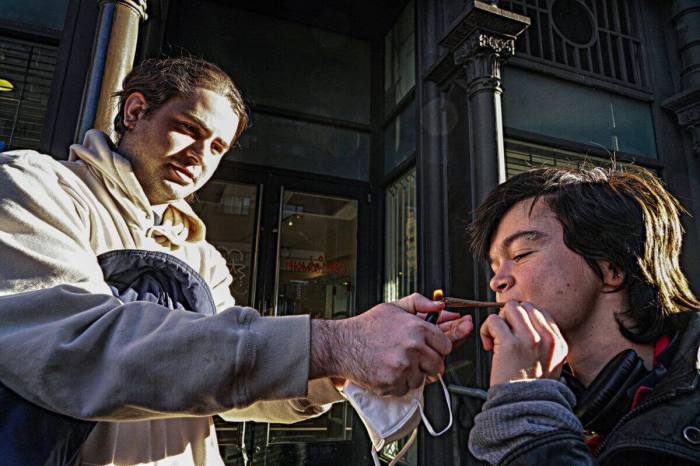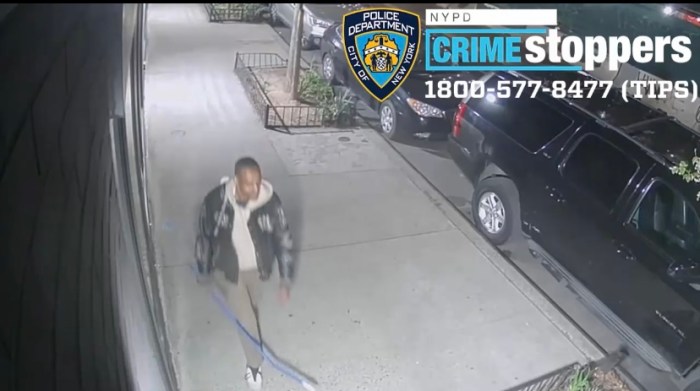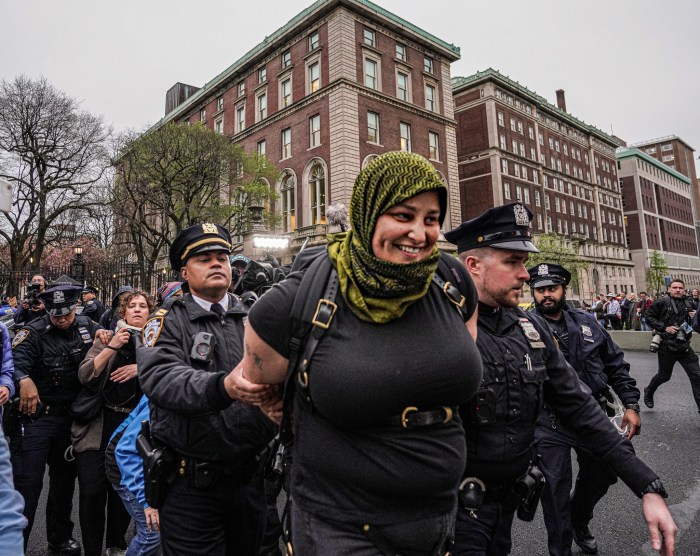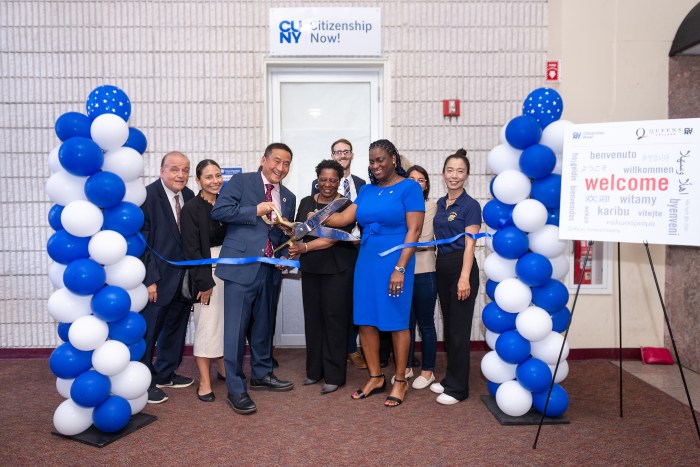BY YVONNE COLLERY | Seven weeks have gone by since the March 26 gas explosion, and the moving-back process has been slow, painfully slow, sloth-climbing-a-tree slow.
One of the main stumbling blocks delaying tenants from returning is that the tenants from both 41 E. Seventh St. and 125 Second Ave. have been asking for environmental testing of the air, dust and debris, to check for carcinogens and toxins. The Environmental Protection Agency has tested across the street from these buildings — but not inside where testing is most needed.
These tenements are more than 100 years old, and contain materials no longer permitted for safety and health reasons. In some apartments, including my own at No. 125, there are heaps of debris — crumbled and crushed plaster with paint, in piles and all ground into everything.
My apartment is not alone in this condition, and all sorts of things are being tracked on people’s shoes throughout the buildings and is most likely floating around in the air.
The majority of the tenants are holding firm that this testing must be done before they move back in. No city agency will pay for this nor will the Mayor’s Fund. Good Old Lower East Side (GOLES) and the Cooper Square Committee are trying to find a donor to pay for this. In the meantime, a tenant leader, Lindsey Bornstein of 41 E. Seventh St., has started a GoFundMe page to cover the $3,900 cost for the testing of the two buildings.
At 41 E. Seventh St., residents of 11 of the 22 units have moved back. All of the vacate orders have been lifted. But there is a strong smell of smoke in many of the apartments and issues, such as cracked plaster. During inspections by the Department of Housing Preservation and Development, it was duly noted that the apartments of the long-term tenants are in differing states of neglect and disrepair. The cooking gas has not been turned on and the landlord is in the process of installing the new pipes needed to turn the gas back on. Apartment walls need to be cut open to allow this, which is adding to the mess and confusion.
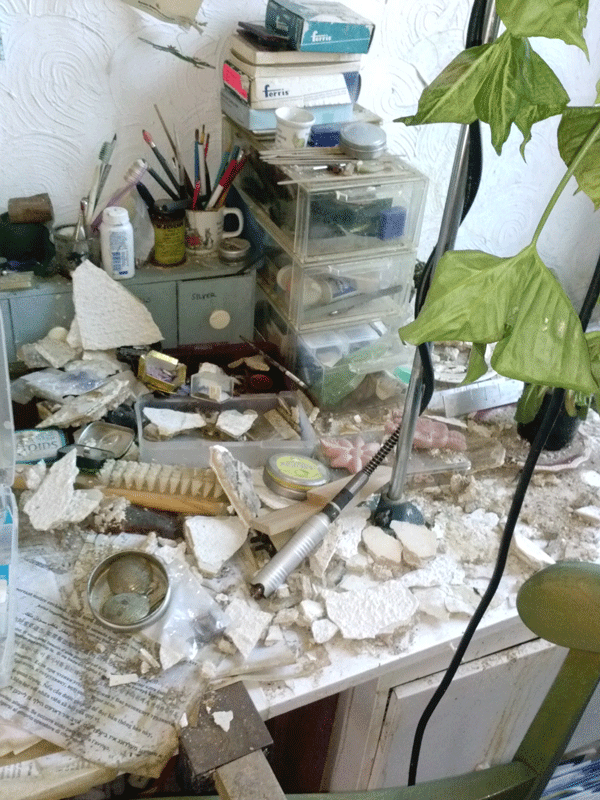
At my building, 125 Second Ave. — which abutted the northernmost building destroyed by the explosion and fire — there is severe damage on its south side and its top two floors, making the return process slower still. Only residents of six of the 26 units have moved back as of this writing. There are still three units with full-vacate orders, two gutted by the fire. The renovation of the most-damaged units won’t be finished until the beginning of October. The installation of the new gas pipes has not yet started.
All tenants of 127 Second Ave. moved back within three weeks of the disaster. Some units on that building’s south side have some cracked walls and minor damage. But the cooking gas has been turned off and some of the residents are planning to withhold a portion of their rent until the it is restored.
Everyone affected in these buildings was a victim — tenants, merchants and the landlords themselves. We all bonded as one and acted in unity in the days and early weeks after the disaster. But now some divisions are beginning to surface. Some of us had renter’s insurance and some did not. We have market-rate tenants, rent-stabilized tenants and some rent-controlled tenants. Many of the tenants are new to New York and the East Village, but many others are longtime East Village residents.
Most of the tenants have always had good or at least uneventful relationships with their landlords and have either overlooked or accepted the lackadaisical and sluggish delivery of services. However, since this disaster — which almost blew the heads off of our shoulders — was allegedly caused by this casual and lax style of the landlords, the veil has now been ripped off. The tenants want transparency, and rules and procedures to be followed according to the law. Since a breezily casual approach to the gas lines caused this tragedy, the tenants are now vigilantly watching to see if permits are filed, whether the Department of Buildings has given approval, if permits are posted, and to see that licensed workers do the work correctly before our gas is turned back on.
A good number of the market-rate tenants in all of the buildings have done the necessary research to find out the rent histories of their apartments. Some have already discovered that their rents should be lower and that they should have the same protections as the rent-stabilized tenants. They are planning to file rent-overcharge complaints and deciding how or if they want to take legal action against the landlords.
Now that city inspectors are in the picture, hopefully the rent-controlled and rent-stabilized apartments will get the needed repairs of the many violations that their occupants have been living with for years.
Stephen Silva, a longtime rent-stabilized tenant at 41 E. Seventh St., said he has no choice but to return to his apartment, despite the catastrophe’s noxious fallout.
“We do not have the option of not moving back in, as the market-rate tenants have,” he explained. “Many of us have financial constraints that would force us to live in ‘the death dust,’ if that is what it is, come what may.”
It will be interesting to see how all of this plays out. Everything has been run in such a casual and folksy way for so long — laws ignored and with substandard conditions festering in some apartments for years, and the newer tenants hoodwinked into paying more than they legally should.
Now that we and our many problems have been catapulted into the light of day, we hope that our elected officials, city agencies and our good neighbors won’t forget about us. We desperately need the help of others, just as we are now organizing to help ourselves.











